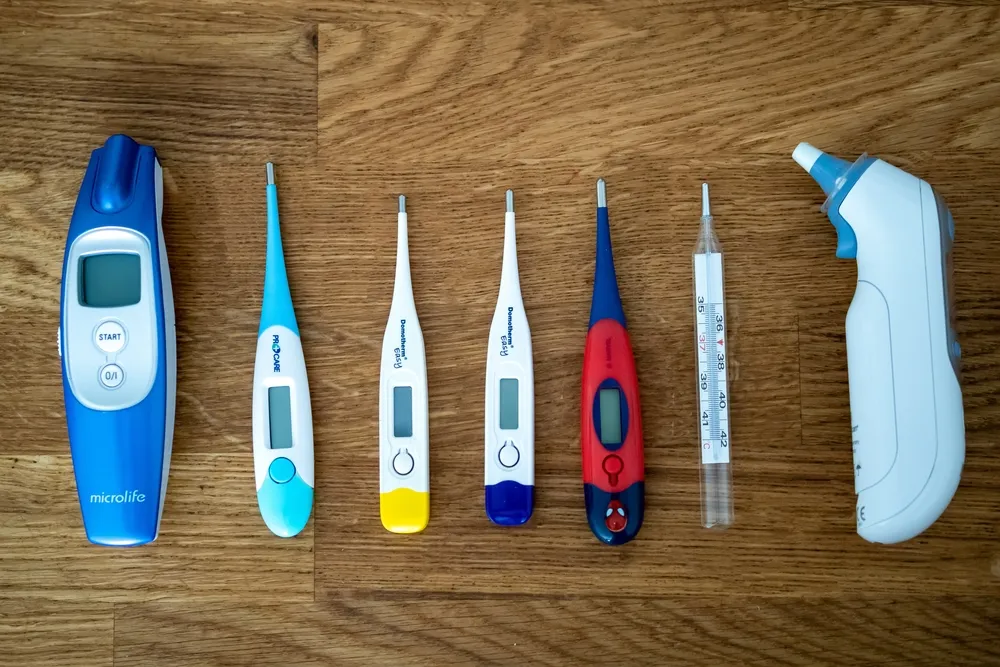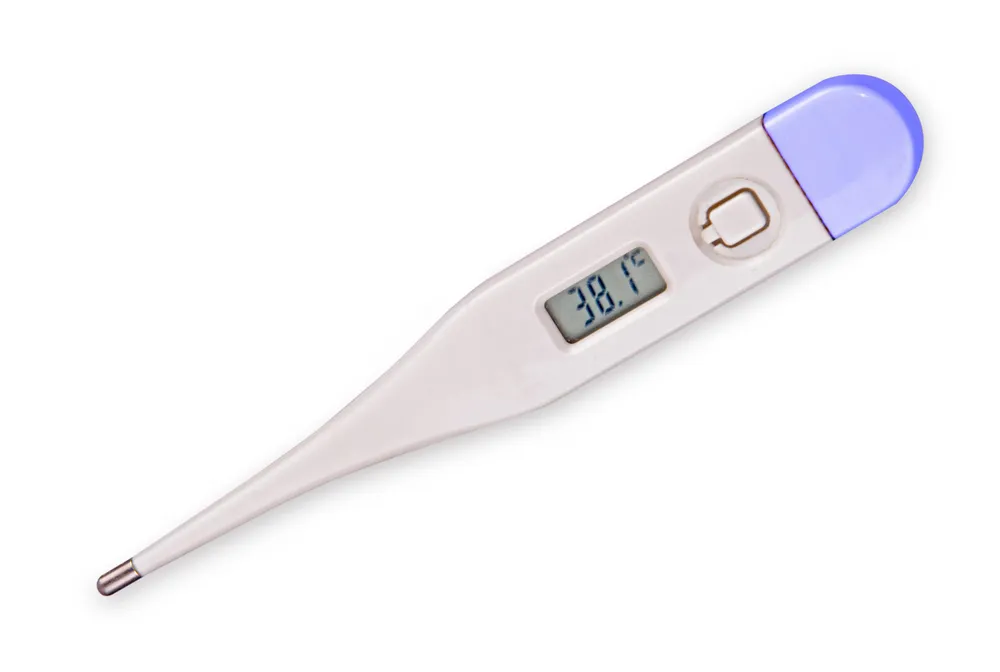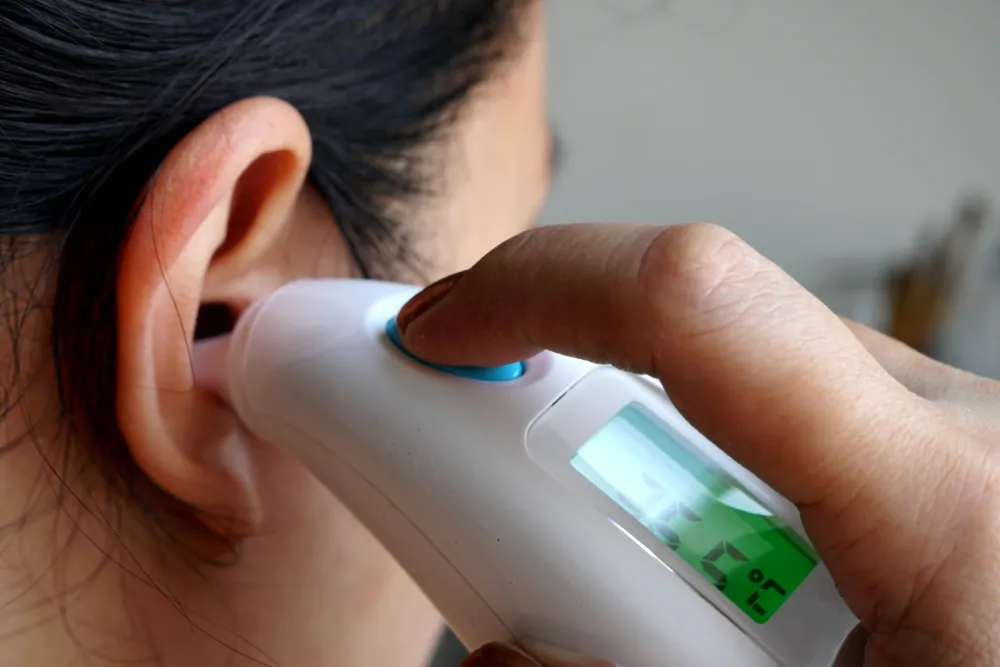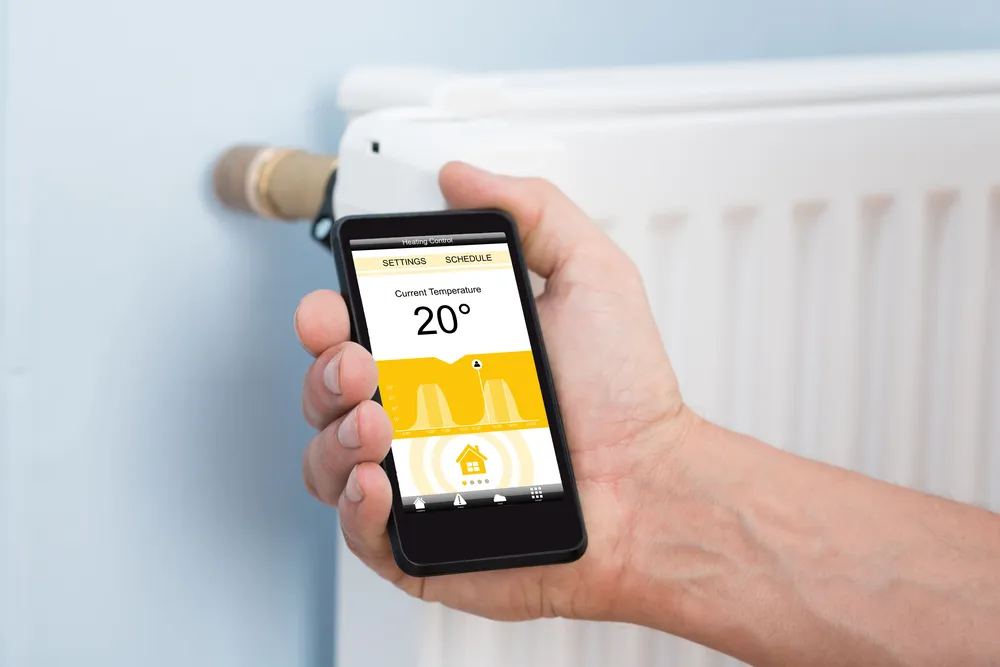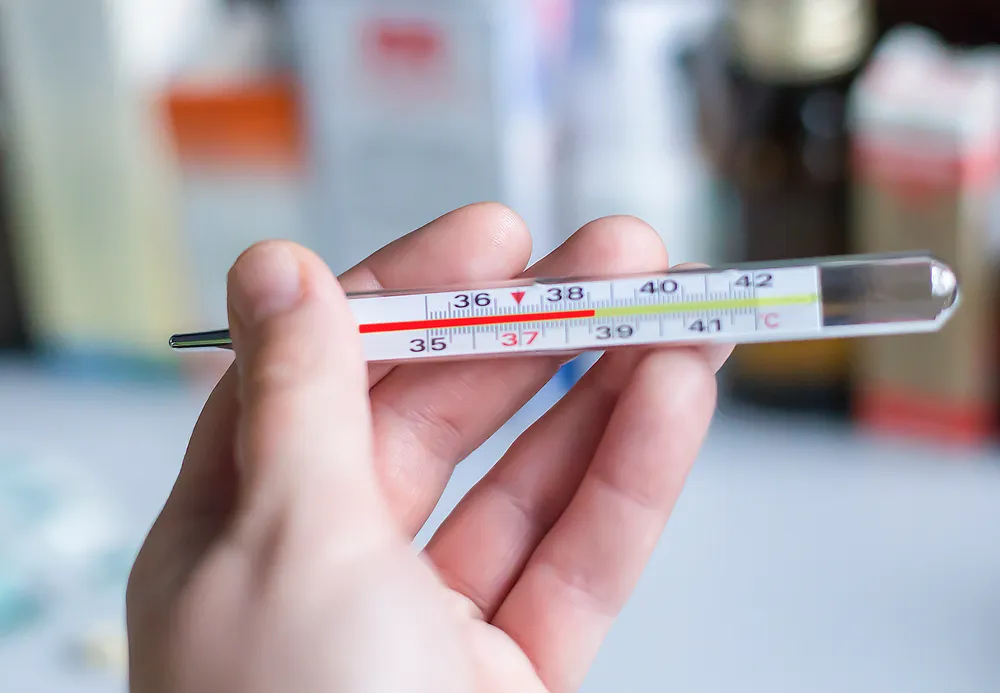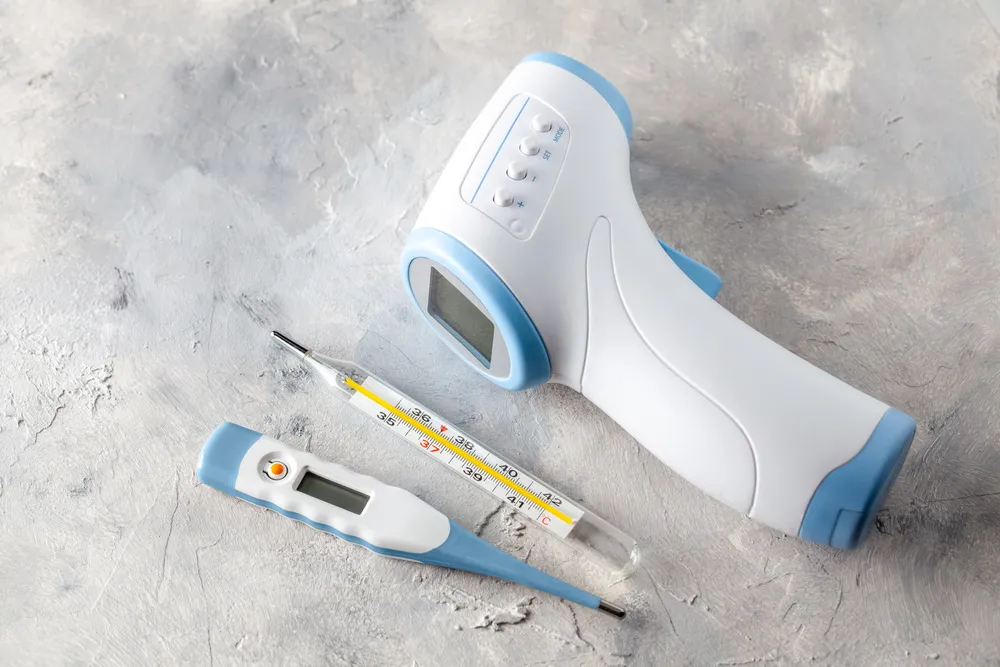You can be forgiven for thinking that all thermometers are the same. While they may all set out to accomplish the same end goal, not all thermometers are created equally. As with most medical gadgets, determining which variation to purchase and rely on is a matter of zeroing in on your needs, and researching your options.
Today, we’re going to look at the various medical thermometers available to you, the pros and cons of each, and their primary uses. Hopefully, by the end of this article, you’ll have a better understanding of this incredible device, and an easier decision to make next time you’re at your local pharmacy.
The Varying Types of Medical Thermometers
When it comes to medical thermometers, there are many different types that you can try. Regardless of the type you choose, it’s important to read the instructions carefully to ensure correct use and in turn, an accurate reading. Another tip to note is that medical thermometers differ from thermometers that are used for alternative purposes, such as laboratory or meat thermometers, which will not provide an accurate result.
When it comes to the varying types of thermometers, you may find that one type suits your needs and comfort levels better than others. Follow along as we breakdown the different types, their uses and a few general guidelines to note before use.
Digital Thermometer
Digital thermometers are easily the most readily available, and commonly relied upon at-home medical devises around. They’re affordable, reliable, and available just about everywhere. Digital thermometers use heat sensors to deliver an accurate reading in a minute or less. They’re capable of providing reliable readings in the mouth, armpit, and rectum.
Oral readings require the thermometer to be held beneath the tongue, and those readings can be skewed if used too close to eating or drinking. You also should never use the same thermometer for both rectal and oral readings.
Oral Thermometer
These thermometers can sometimes look like digital thermometers, but oral thermometers are optimized for oral readings. They can be digital or mercury-based and can provide you with an accurate reading in minutes.
As mentioned previously, oral readings do require that the thermometer be held under the tongue for a period of about a minute. This may be problematic if attempting to read the temperature of an infant. Oral readings are ideal for adults and children over the age of 3.
Digital Ear Thermometer
Also referred to as a tympanic thermometer, digital ear thermometers are commonplace in doctor’s offices all over the country. That’s because they’re reliable, accurate, and provide incredibly fast readings.
There are drawbacks to using digital ear thermometers though. They’re certainly more expensive than their digital and oral counterparts. The earpiece is sometimes too large to be useful for children under the age of 6-months, and they must be positioned properly to ensure accuracy.
Forehead Thermometer
Forehead thermometers, or temporal thermometers, rely on infrared sensors to provide a fast, accurate, and touchless temperature reading accurately and reliably. Not unlike digital ear thermometers, temporal thermometers can be quite costly, but the benefits can be worth it.
Though clothing items, sunlight, drafts, and other external factors may sometimes skew a temperature reading, forehead thermometers are incredibly accurate, and can be useful for anyone looking to accomplish a lot of temperature readings in a very short amount of time.
App-based Thermometer
It’s hard to find any tech-based gadget that doesn’t have an app-based alternative. There is indeed an app for everything. App-based thermometers are primarily relied upon to provide accurate environmental readings, or for the kitchen. But that’s not to say that app-reliant body temperature tech doesn’t exist.
Most of these systems rely on a digital thermometer that’s connected to your phone or tablet via Bluetooth. You’ll use it like you would a regular digital thermometer, but you’ll also benefit from whatever perks the thermometer app offers. Some apps offer medical advice, track your readings over time, and even upload them anonymously to a global database to provide users with community-wide data.
Pacifier Thermometer
Getting an accurate temperature reading of a fussy baby is a real challenge for a lot of worried parents. Pacifier thermometers seek to solve that problem but end up improving it only slightly.
In order to get an accurate reading, pacifier thermometers must remain still, and stay put in the child’s mouth for as long as 6-minutes. And in the end, the reading itself can only be considered an approximate temperature, as the technology isn’t all the precise. That said, you and your child may have better results at home.
Mercury Thermometer
No batteries required for this old classic! But that’s not to say that there aren’t drawbacks to using grandma’s old thermometer.
Mercury thermometers use liquid mercury to provide an accurate reading in much the same way that a digital thermometer would. The downside is, most of them are made of glass, and must be disposed of properly. They can break, and the liquid inside is incredibly toxic. That’s probably why mercury thermometers are so darn hard to find these days.
Understanding Temperature Readings
Choosing the right thermometer is all for nothing if you can’t unpack the results on the screen. Knowing your base-line temperature can come in handy, but not entirely necessary if you’re just trying to monitor a fever.
The average temperature of the human body is 98.6 F (37 C), but that can fluctuate a few degrees depending on the person and other environmental factors. Any thermometer reading that’s above 100.6 F (38.1 C), is considered a fever.
How To Take Your Temperature
It’s important to note that how you take your temperature can change things too. Depending on the type of thermometer, it’s important to read the manufacturer’s instructions carefully to ensure you’re using the product correctly for the most accurate result.
Also keep in mind that temperature readings may vary based on how the thermometer is administered. If, for example, you’re using the armpit method, you’ll want to add 0.5°F to 1°F to the result to account for possible inaccuracy in the reading.
Which Thermometers is the Most Accurate?
The consensus around the medical community is that ear, oral, and rectal thermometers are the most accurate and the most reliable. As such, you should lean on one of those three to attain an accurate reading of you or your family member.
It’s also important to note that since a thermometer is a medical device, it is required to pass certain federal standards. This means that no thermometer should provide a completely inaccurate reading, but there are a few brands that may be preferred by consumers, or types that are known to be the slightly more precise.
Which Thermometer is Right for you?
Ultimately, the right thermometer depends on what system works best for you and your preferences. Figuring out which option is the right one for you is often a personal matter determined by age, budget, and comfort level.
Choosing the right thermometer may have seemed daunting, but hopefully your time here has washed you of your insecurities and armed you with the knowledge that you need to make an informed decision.

